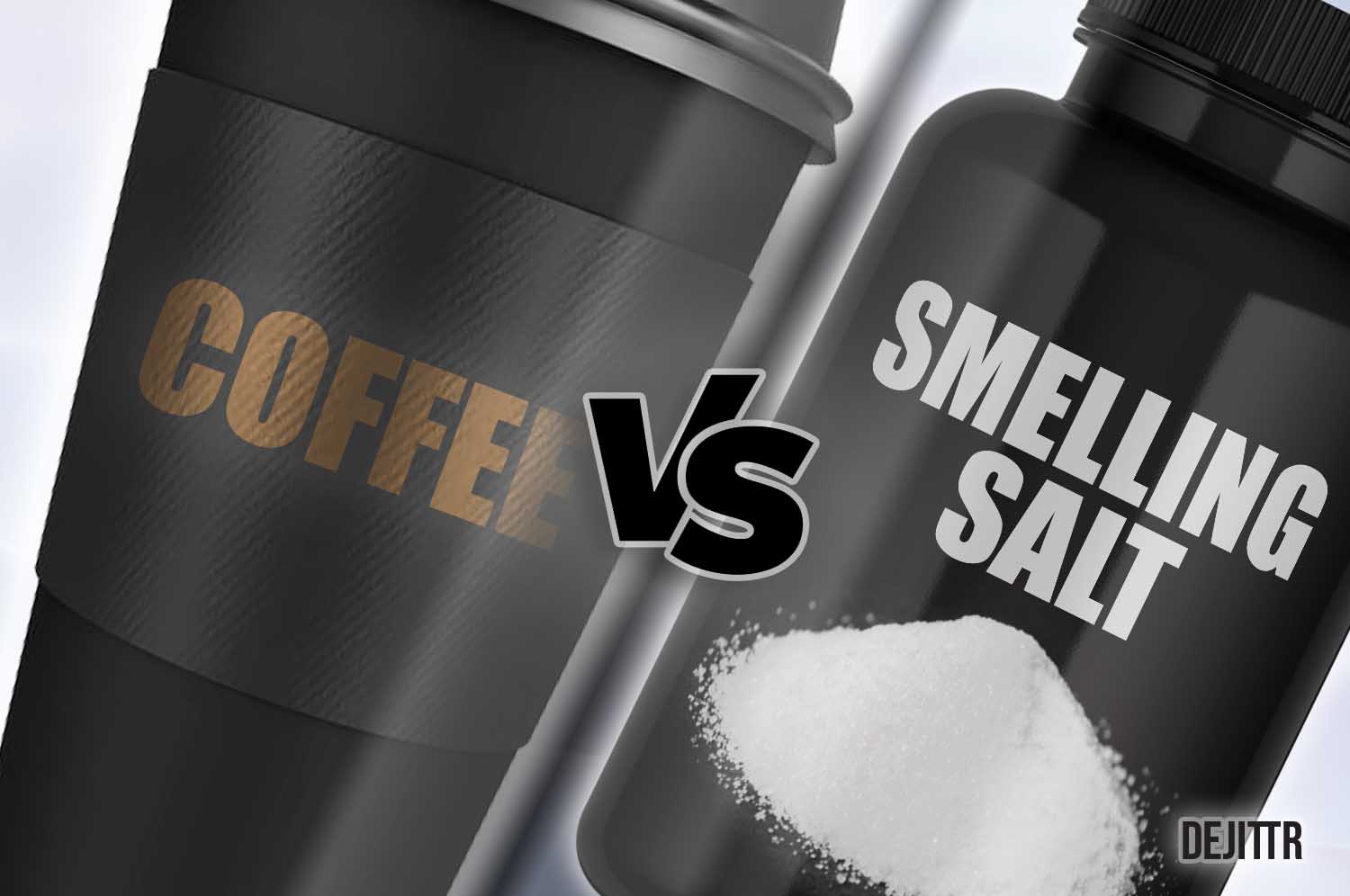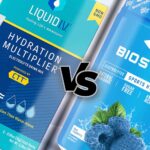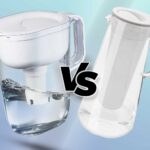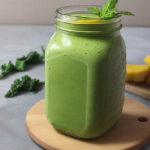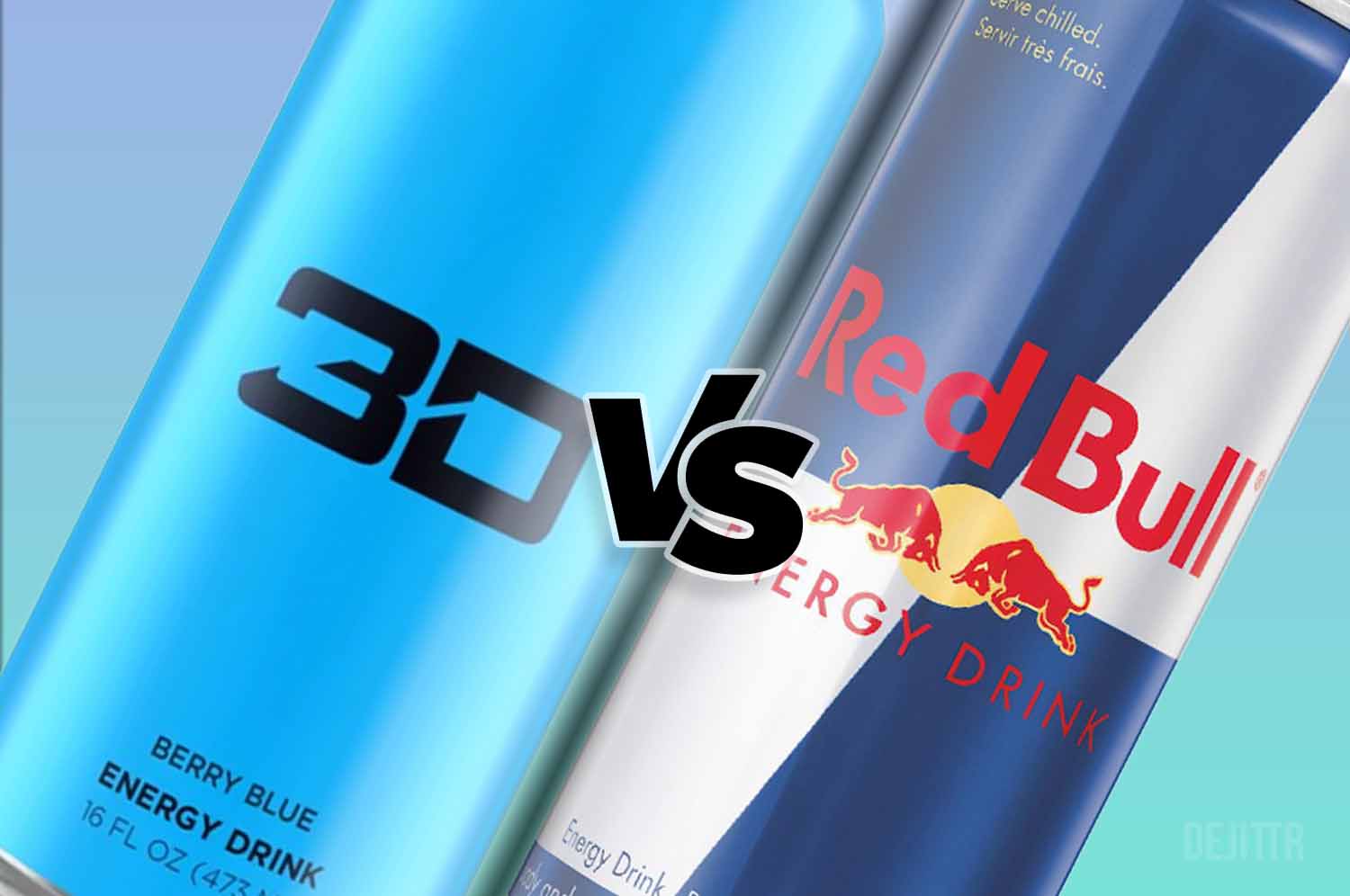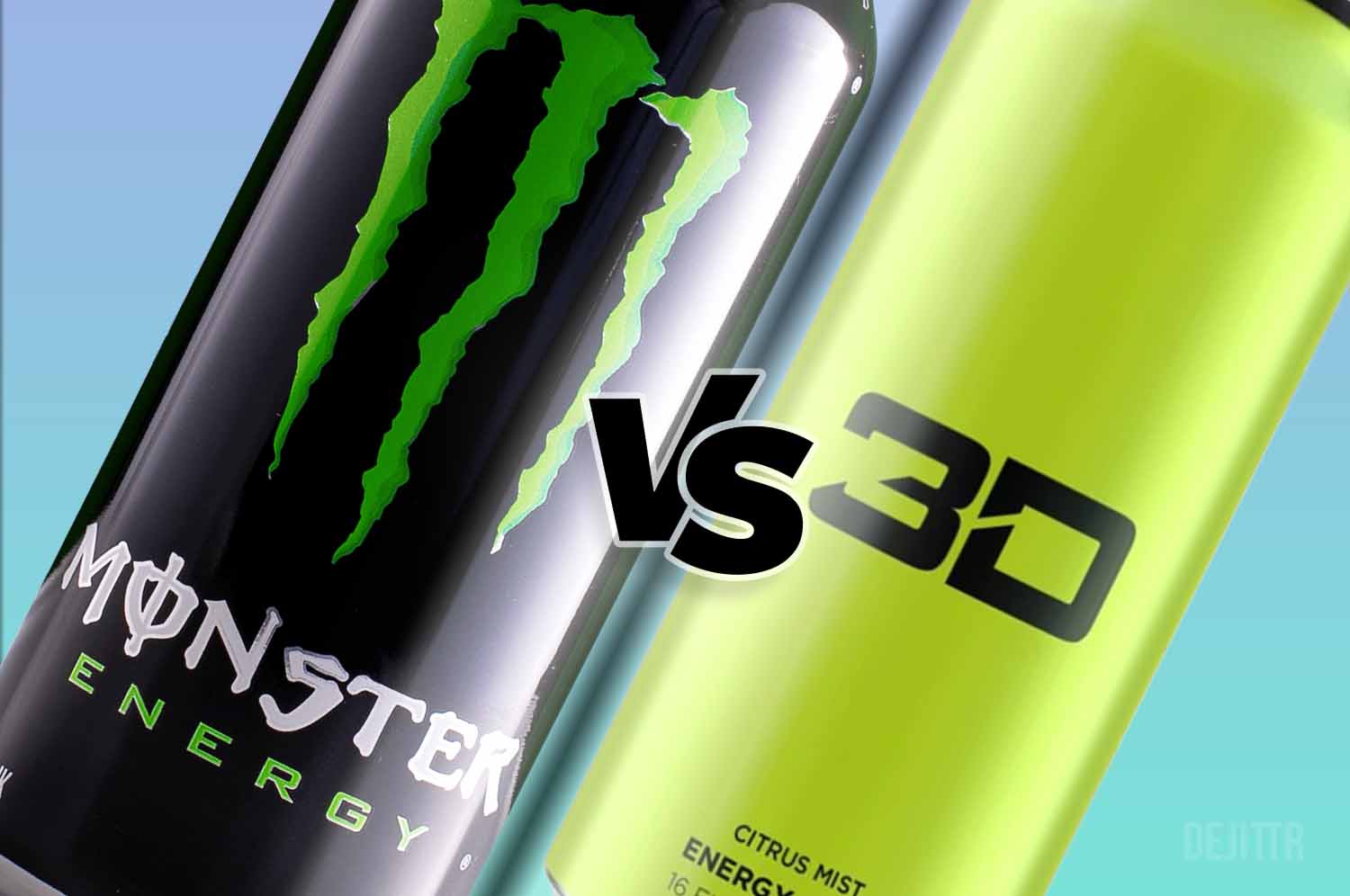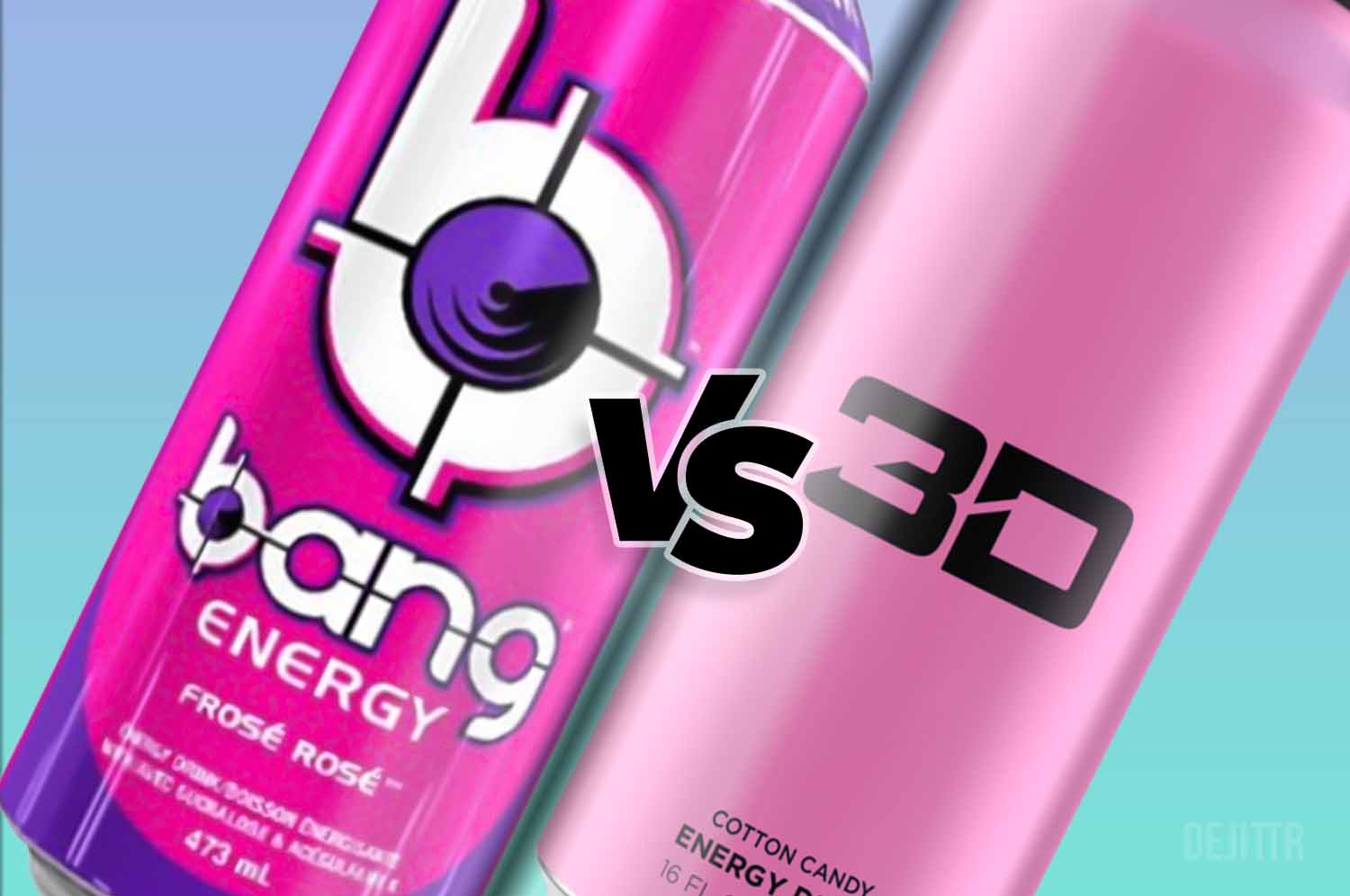Many people, including students, working adults, and athletes, depend on caffeine to stay awake during crucial times, such as exams, project deadlines, and athletic competitions. Various caffeinated products have become widely available in the market to address this demand, ranging from tea and coffee to sports and energy drinks. However, more people are also becoming interested in smelling salts.
Caffeine is a stimulant that affects the central nervous system, making the user more alert. On the other hand, smelling salts are also stimulants, which work by stimulating an inhalation reflex to bring more oxygen to the brain. Both products are effective but can present a few disadvantages.
This article will discuss the differences between smelling salts and caffeine regarding how they work and their pros and cons. We will also look into their differences in terms of speed of action, varieties, availability, and adverse reactions.
Do Smelling Salts and Caffeine Work The Same Way?
Smelling salts and caffeine are both stimulants, but they don’t work the same way. They each trigger a different body mechanism to incite the user’s alertness. Because of this, they can also present various benefits and downsides.
Although these two stimulants trigger systemic reactions in the body resulting in enhanced focus and alertness, they have varying levels of effectiveness. The effectiveness of each product depends mainly on the individual’s health condition and how receptive they are to the substances.
How Smelling Salts Work
The main components of most smelling salts are ammonia (NH3) or ammonium derivatives that are diluted in water and ethanol with essential oils like lavender or eucalyptus. More classic versions of smelling salts typically consist of ammonium carbonate and perfume.
Regardless of the components, they both function by releasing ammonia gas that can irritate the linings of the nose and the lungs, activating the body’s sympathetic response and compelling the patient or consumer to inhale more rapidly. This results in an increase in oxygen intake.
Consequently, the body becomes even more active with the increased airflow and blood flow, and the brain becomes more alert with increased oxygen supply. The brain then stimulates the senses and sharpens your focus.
Historically, smelling salts were used to restore the consciousness of people who have fainted. Today, many people still carry a small vial with spirits of ammonia to use as first aid when they feel dizzy.
In many sports events, some athletes may sniff a capsule of smelling salts during their break to stay active or boost their performance.
Although many avid users can vouch for the effectiveness of smelling salts, some experts are still concerned about their safety. People with lung or breathing problems may be at risk of severe adverse reactions, such as difficulty breathing.
How Caffeine Works
Caffeine, a substance from plants, affects the central nervous system in various ways but is typically used as a stimulant. It inhibits adenosine receptors, preventing the user from feeling sleepy. That’s why most people drink coffee to stay awake.
In addition, caffeine can also indirectly influence the release of dopamine, making the user feel good and motivated to take action. However, it can take approximately an hour for these effects to take place.
Once absorbed, caffeine also stimulates various systems in the body, including the following:
- Respiratory System. Caffeine can improve breathing for a short period after consumption since it functions as a bronchodilator. It can enhance or increase your breathing rate.
- Cardiovascular System. If you’ve ever felt faster heartbeats after consuming caffeinated food or drinks, it is due to caffeine’s effect on the cardiovascular system. However, many people do not feel such side effects at doses below 600 mg (0.02 oz.). It also depends on an individual’s overall health and tolerance to caffeine.
- Urinary System. Caffeine is a known diuretic that stimulates the urinary system. In extreme cases, it can even cause dehydration.
- Excretory System. The increased blood flow and activity after consuming coffee or other caffeinated beverages activate the body’s sweating mechanism.
Pros and Cons of Smelling Salts and Caffeine
Smelling salts and caffeine are effective stimulants that can keep you alert or awake. However, as with any substance, moderation is key to obtaining the best results and avoiding health risks.
Let’s look into the pros and cons of smelling salts and caffeine:
Smelling Salts
Pros
- Easy to use. Most smelling salts used by athletes come in capsule form, which delivers results after sniffing the product.
- Fast-acting. The effects of smelling salts are almost immediate. The strong odor of ammonia can help prevent a person from fainting.
- Safe. Smelling salts are not known to cause long-term adverse reactions if you follow the instructions for use carefully.
Cons
- Not easy to find. Although smelling salts are available over-the-counter, not many stores sell them. Moreover, they are not available in some countries.
- Can irritate the nasal passages. While its primary function is to irritate the linings of your nose and lungs to stimulate a breathing reflex, it can also be too uncomfortable or even painful for some people.
Caffeine
Pros
- Easy to find. You can find coffee and other caffeinated food and beverages globally in almost any grocery or convenience store.
- Comes in many forms. Coffee comes in various flavors and blends. Even young people can enjoy caffeinated soda and coffee-flavored candies or chewing gum.
- Safe. It can be hard to overdose from caffeine since most coffee and other caffeinated products contain a small amount of the substance. It takes frequent consumption of over 600 mg (0.2 oz.) before most people become susceptible to adverse reactions. You should be fine if you stay below 400 mg (0.14 oz) or 4 cups of black coffee.
Cons
- Can be harmful for people with underlying medical conditions. If you have heart problems, excessive caffeine consumption can aggravate your symptoms. Consult your physician for any limitations.
- Can trigger several symptoms when consumed in excess. Some people may have insomnia, headaches, and frequent urination after consuming large amounts of caffeine regularly.
- Some people have withdrawal symptoms. If your body has been accustomed to consuming large amounts of caffeine, it can be challenging to stop immediately. A gradual decrease in the amount of consumption is necessary. You may consult your physician for other alternative methods.
Comparing Smelling Salts and Caffeine
Based on the information provided above, let’s take a closer look at the differences between smelling salts and caffeine. This information can help you select which product may work better to meet your needs.
Speed of Action
Smelling salts can beat caffeine by a large margin in terms of speed of action. Smelling salts have an almost immediate effect, whereas it takes at least 15 minutes for the human body to process caffeine from caffeinated chewing gums.
It can take the body much longer to absorb the caffeine from caffeinated beverages, such as coffee, tea, or sports drinks. The speed of caffeine digestion and absorption depends on the other ingredients in the beverage and the liver’s health condition to metabolize the substance.
In addition, smelling salts are also easier to use because you only have to sniff a capsule or vial. Because of this significant difference in speed and convenience, many athletes prefer smelling salts, especially in the middle of the game.
Varieties and Availability
Caffeine is a widely accepted stimulant available in almost every country in one form or another. Although caffeinated beverages take the biggest share in the market, consumers can also find caffeinated pastries, candies, and chewing gums.
On the other hand, smelling salts are not widely available because of uncertainties regarding their effectiveness and the lack of scientific research or evidence to support their safety. Most of them are primarily sold online.
For instance, you can try the Ammonia Sport Athletic Smelling Salt Raw (available on Amazon.com). The product is easy to use and has excellent reviews on effectiveness. Be sure to follow the instructions and keep the product at least 6 inches (15 cm) away from your nose every time you use it.
Adverse Reactions or Side Effects
As discussed, you wouldn’t have to worry about adverse reactions or side effects if you use the products correctly and in moderation. Always read the product label for instructions and nutritional facts before use.
Both caffeine and smelling salts are safe to use. However, there are several factors to consider because these substances are likely to have different effects on different people.
Here are some things to consider:
- Your health condition. People with sensitive noses and lungs must avoid smelling salts because they can worsen the condition. On the other hand, people with severe heart conditions, insomnia, or gastroesophageal reflux disease (GERD) must avoid caffeinated products.
- The purpose for use. Athletes need a fast-acting product. Moreover, caffeinated drinks are diuretics that can increase urination. It can also increase sweating. These factors make caffeinated beverages less suitable for a sports event than smelling salts.
- The frequency of use. You must use smelling salts only when necessary, such as when doing extreme athletic activities. They are not ideal for daily use. On the other hand, daily caffeine consumption is acceptable as long as you stay well below the 400 mg (0.014 oz.) limit.
Conclusion
Smelling salts and caffeine are widely used stimulants with varying levels of effectiveness depending on several factors, such as a person’s health condition and tolerance to these substances.
Regardless of what kind of stimulant you want to try, it is crucial to consult your physician, especially if you have health concerns that can put you at risk of adverse reactions.


